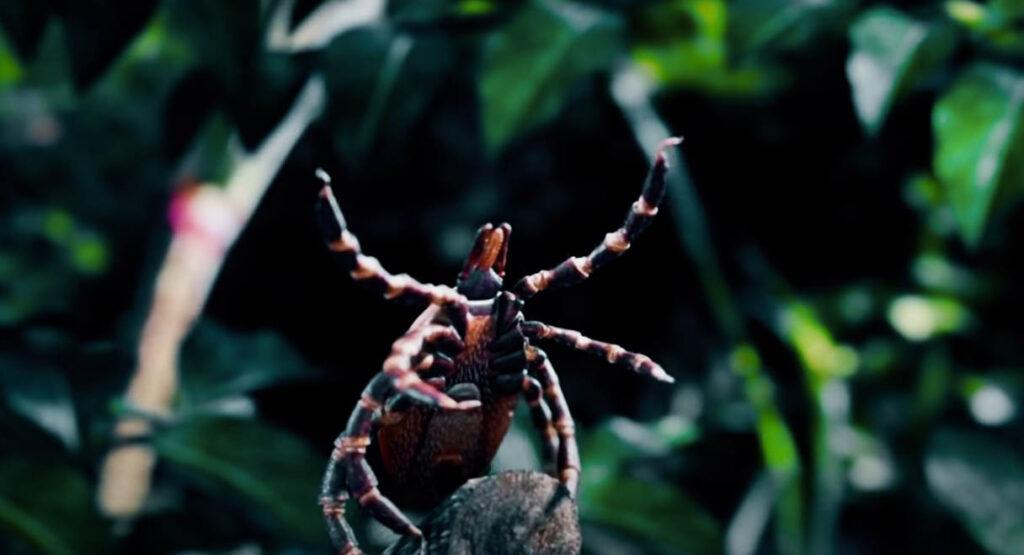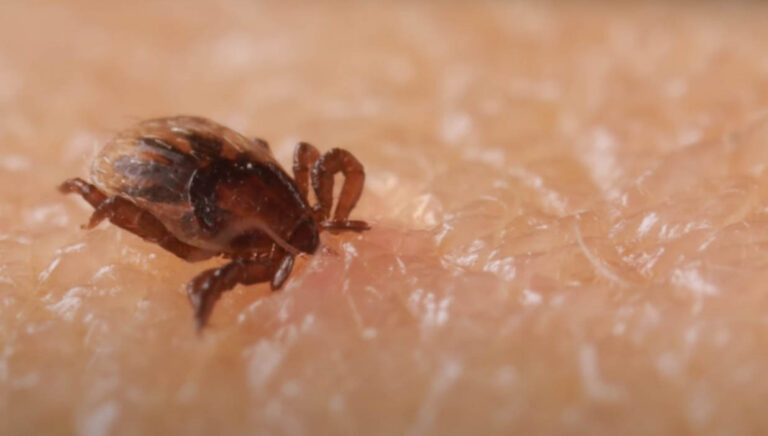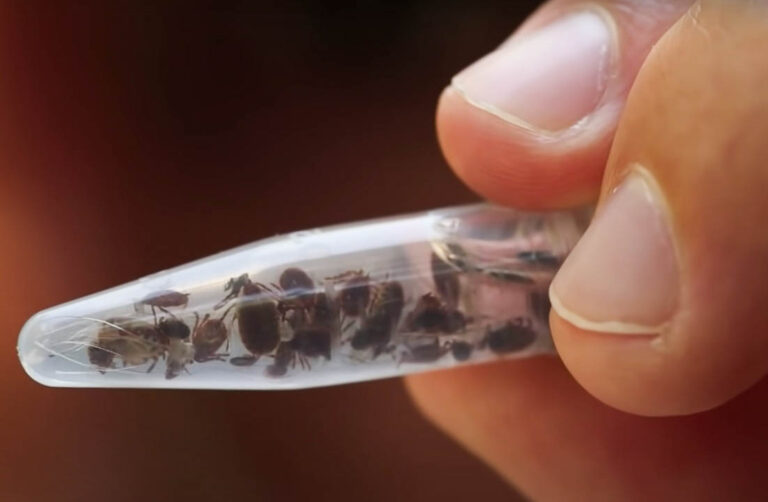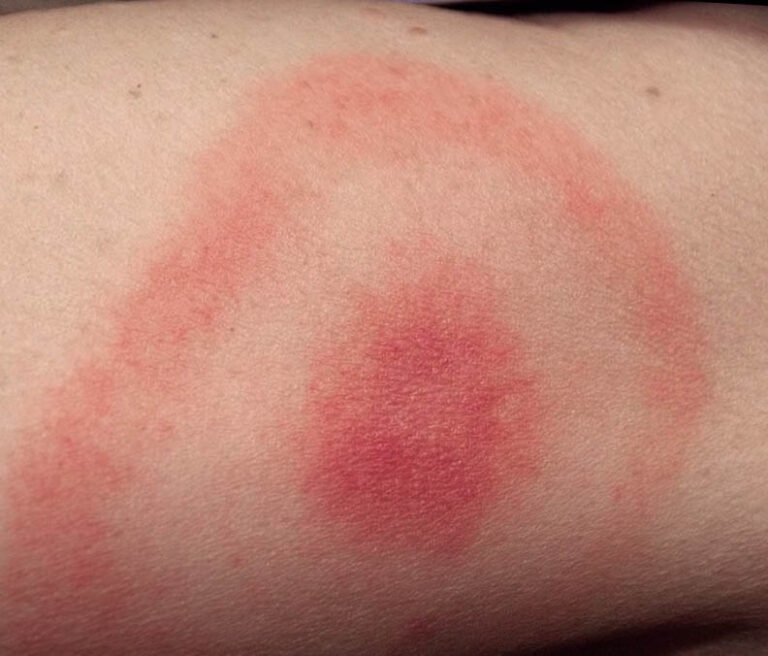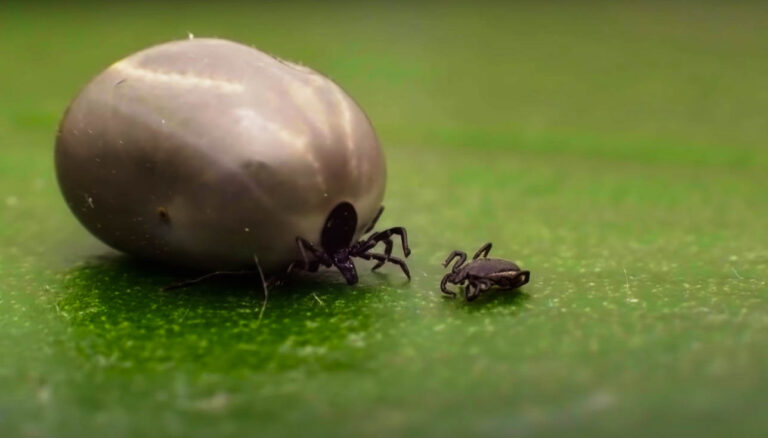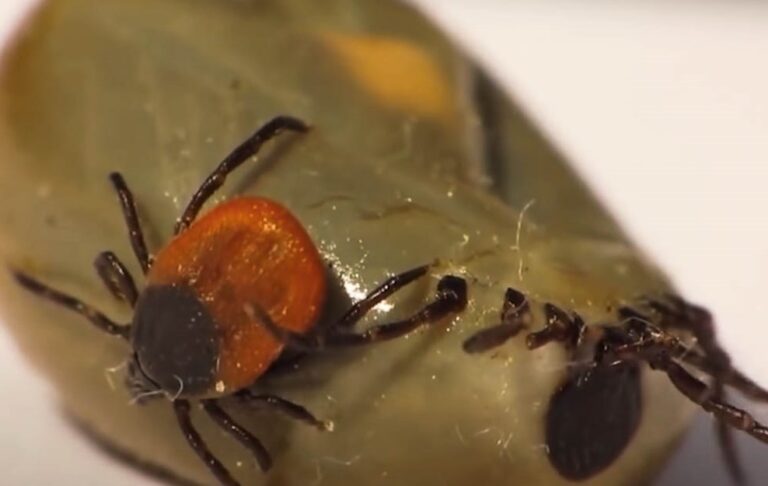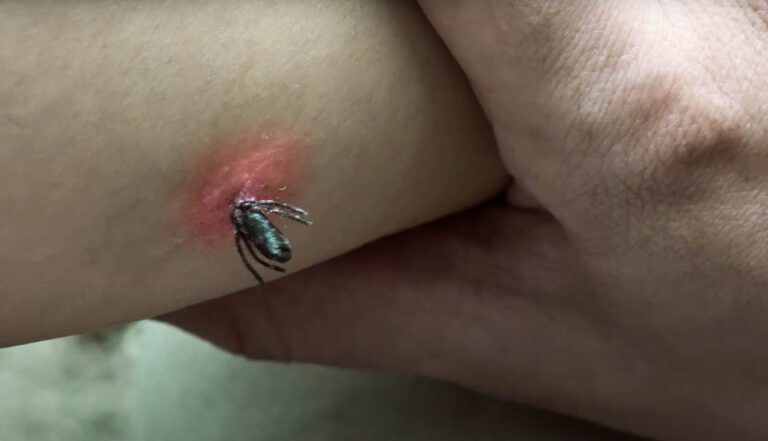Are ticks able to fly?
Are ticks able to fly? How do they travel?
Ticks are blood-sucking ectoparasites. They get their blood meals from different kinds of animals including mammals and reptiles. Blood is an essential part of the diet of ticks. Without blood, the insects will die, either as adults or larvae and nymphs. The adult female tick needs blood to produce eggs. The larvae and nymphs need blood to develop into their next stages. Because ticks need the blood of their host to survive, they maintain close relationships with them. But how do they travel between their hosts? Do ticks fly? We answer these questions in this article.
Are ticks able to fly?
Ticks are arachnids, with similar features to spiders. They do not have wings. Instead, they have four or three pairs of legs. The larvae typically have three pairs of legs, while the nymphs have four pairs. As ticks do not have wings, they basically cannot fly. They also cannot jump.
There is misinformation about whether ticks can fly or jump. This is because of assumptions that they attach to hosts from trees which they fall from, making a kind of jump in the process. This is not the case as research has extensively indicated that ticks cannot fly or jump.

How do they travel?
Since they do not have wings and cannot jump or fly, how then do ticks travel between hosts and get blood meals? It is noteworthy that ticks could change hosts between their developmental phases or get blood meals during their entire lifetime from a single host.
Ticks travel by a process called questing. This process involves climbing to the top of grasses and other vegetation to wait for hosts. The ticks can sense their hosts using features such as carbon dioxide levels, heat production, and smells.
When ticks sense the presence of suitable hosts, they climb to the top of leaves and maintain a position that allows them to quickly attach as the host passes by.
Questing is a process applied mostly by hard ticks. After hard ticks take sufficient blood meals, they fall to the ground and either molt or lay eggs. On the other hand, soft ticks travel by crawling. They typically live close to their hosts and crawl out at night to take blood meals. They take quick blood meals and then return to their place.
Ticks are external parasites of different animals. Even though they do not fly or jump, they travel between hosts and spread diseases by crawling or questing.
